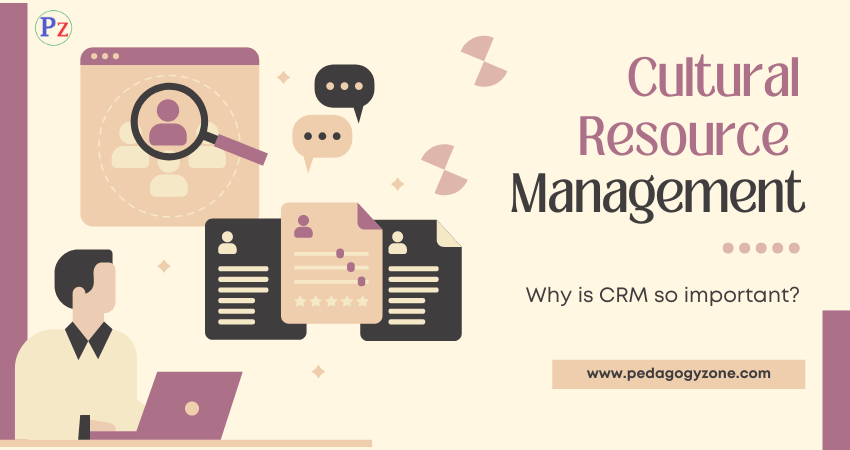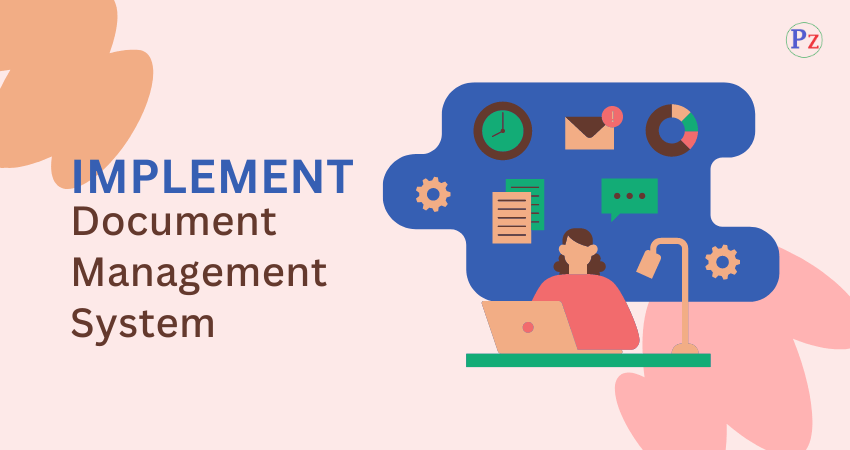The scope of HRM is indeed vast. All major activities in the working life of a worker from the time of his or her entry into an organization until he or she leaves the organizations comes under the purview of HRM. The major HRM activities include HR planning, job analysis, job design, employee hiring, employee and executive remuneration, employee motivation, employee maintenance, industrial relations and prospects of HRM.
The scope of Human Resources Management extends to:
- All the decisions, strategies, factors, principles, operations, practices, functions, activities and methods related to the management of people as employees in any type of organization.
- All the dimensions related to people in their employment relationships, and all the dynamics that flow from it.

The scope of HRM is really vast. All major activities n the working life of a worker from the time of his or her entry into an organization until he or she leaves it comes under the purview of HRM. American Society for Training and Development (ASTD) conducted fairly an exhaustive study in this field and identified nine broad areas of activities of HRM.
These are given below:
- Human Resource Planning
- Design of the Organization and Job
- Selection and Staffing
- Training and Development
- Organizational Development
- Compensation and Benefits
- Employee Assistance
- Union/Labour Relations
- Personnel Research and Information System
- Human Resource Planning: The objective of HR Planning is to ensure that the organization has the right types of persons at the right time at the right place. It prepares human resources inventory with a view to assess present and future needs, availability and possible shortages in human resource. Thereupon, HR Planning forecast demand and supplies and identify sources of selection. HR Planning develops strategies both long-term and short-term, to meet the man-power requirement
- Design of Organization and Job: This is the task of laying down organization structure, authority, relationship and responsibilities. This will also mean definition of work contents for each position in the organization. This is done by “job description”. Another important step is “Job specification”. Job specification identifies the attributes of persons who will be most suitable for each job which is defined by job description
- Selection and Staffing: This is the process of recruitment and selection of staff. This involves matching people and their expectations with which the job specifications and career path available within the organization.
- Training and Development: This involves an organized attempt to find out training needs of the individuals to meet the knowledge and skill which is needed not only to perform current job but also to fulfil the future needs of the organization.
- Organizational Development: This is an important aspect whereby “Synergetic effect” is generated in an organization i.e. healthy interpersonal and inter-group relationship within the organization.
- Compensation and Benefits: This is the area of wages and salaries administration where wages and compensations are fixed scientifically to meet fairness and equity criteria. In addition labour welfare measures are involved which include benefits and services.
- Employee Assistance: Each employee is unique in character, personality, expectation and temperament. By and large each one of them faces problems everyday. Some are personal some are official. In their case he or she remains worried. Such worries must be removed to make him or her more productive and happy.
- Union-Labour Relations: Healthy Industrial and Labour relations are very important for enhancing peace and productivity in an organization. This is one of the areas of HRM.
- Personnel Research and Information System: Knowledge on behavioral science and industrial psychology throws better insight into the workers expectations, aspirations and behaviour. Advancement of technology of product and production methods have created working environment which are much different from the past. Globalization of economy has increased competition many fold. Science of ergonomics gives better ideas of doing a work more conveniently by an employee. Thus, continuous research in HR areas is an unavoidable requirement. It must also take special care for improving exchange of information through effective communication systems on a continuous basis especially on moral and motivation.
HRM is a broad concept; personnel management (PM) and Human resource development (HRD) are a part of HRM.
| Read More Topics |
| Human Resource Management |
| A balanced outlook on law |
| Engineers as Expert Witnesses and Advisers |
| Gilligan’s Theory of Moral Development |




